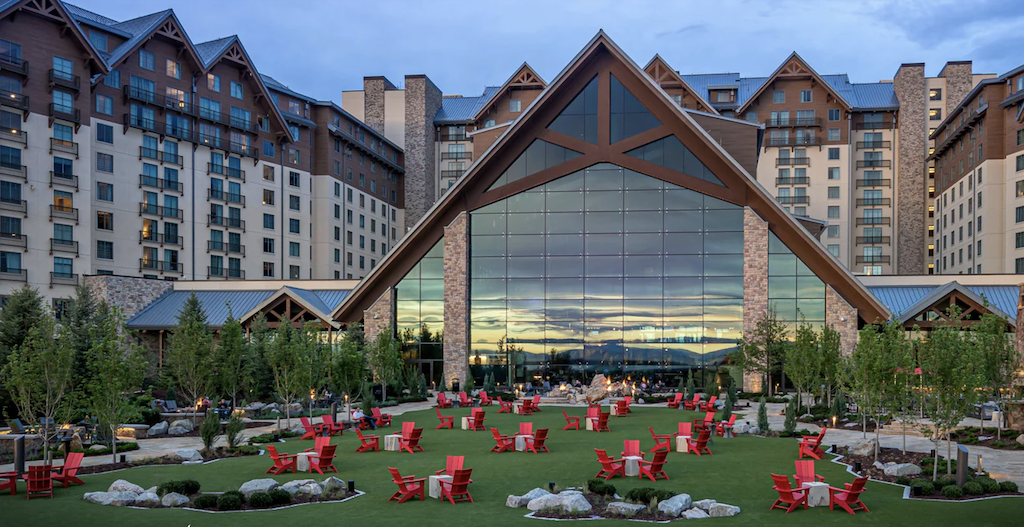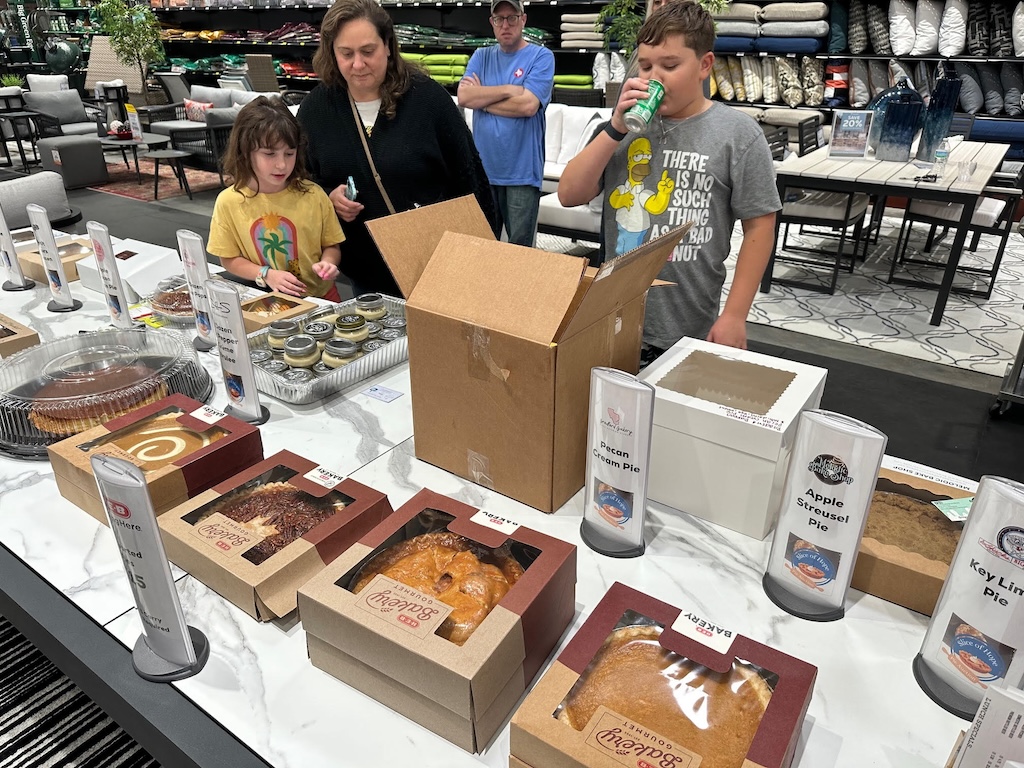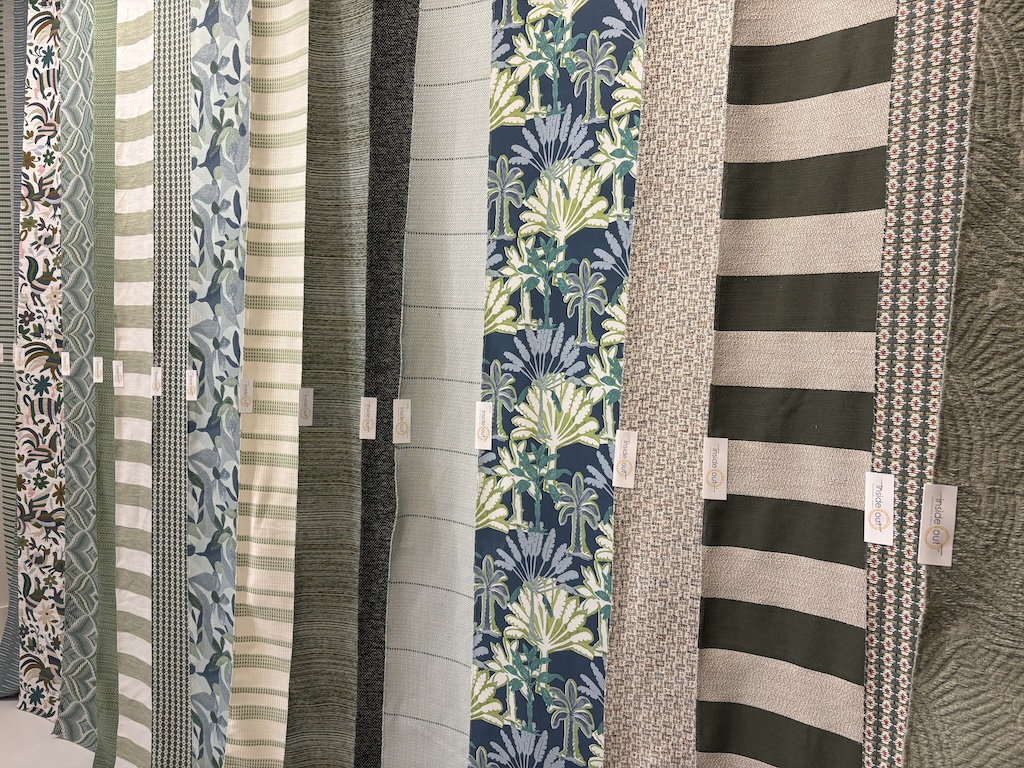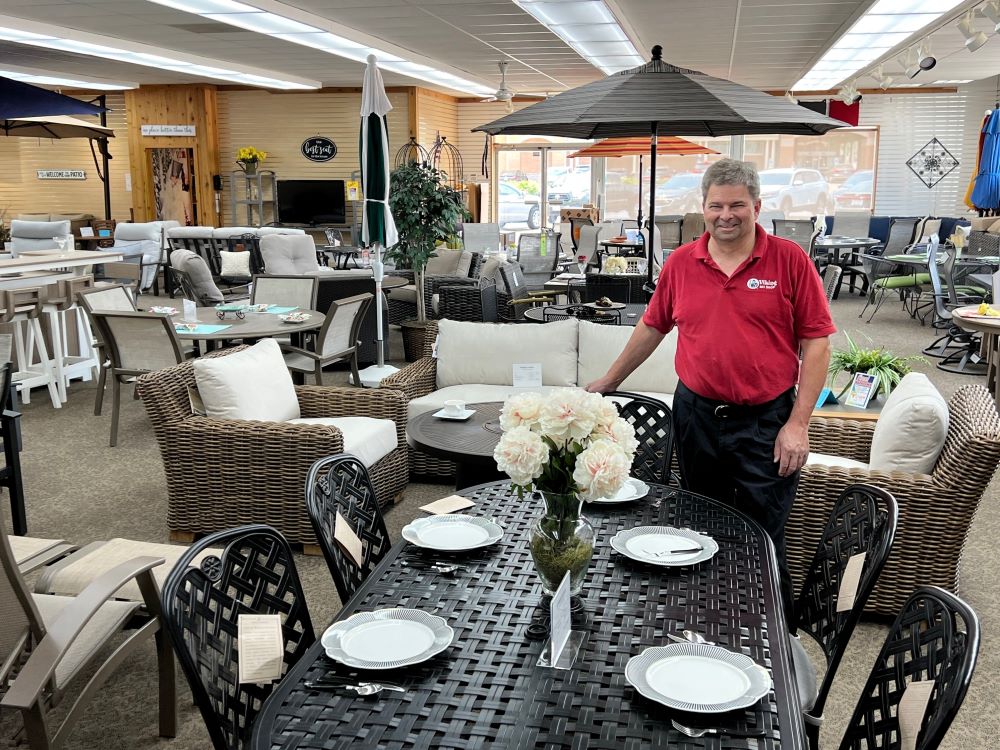Sometimes, the key to retail success in the outdoor furnishings business can be a two-step process:
Consider your location.
Deliver what your customers need, no matter what.
In the Chicago area, which the late humorist Lewis Grizzard once described as having two seasons — winter and the Fourth of July — Steve Olson has found a winner in providing merchandise for both snow and sun.
Olson is vice president of Viking Ski Shop in Barrington, Illinois, which opened in 2008 in a location where a store had previously gone out of business. Since 1966, Viking had been in the ski and snowboard business exclusively in Chicago and made the decision to expand into offering high-end patio furniture in Barrington.
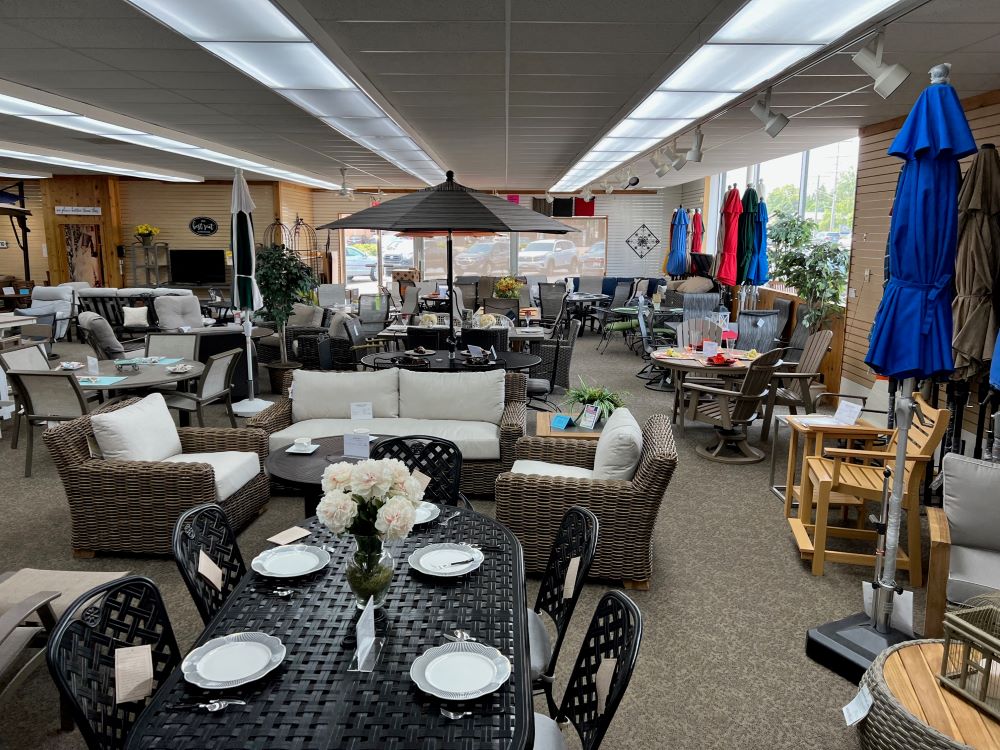
“It’s really a good change from season to season,” says Olson.
He says that where he is, lead times — especially what he called truthful lead times — have greater importance for this area, given that the patio season in the upper Midwest is short and customers expect that their special orders will be filled in time for them to enjoy them.
“In the past, people were willing to buy something close by if they had it right now,” says Olson. “Now they are getting more selective on what they are purchasing.”
That kind of customer demand has meant that sales associates must work harder to discuss what products are available, what features they have and what’s involved in special orders.
“There’s a little more customer service I would say — having to go the extra mile for people,” says Olson.
He says that his biggest challenge is to narrow his manufacturer list down to those companies that can deliver product in a timely manner. If one producer can deliver in five weeks and one in 10, that often makes the customers’ decisions for them. Additionally, to decide who to continue to carry, Olson analyzes the current sell-through year to year, along with whether the supplier has continuing problems with shipping or servicing warranties.
And as for the decision to purchase, Olson reminds customers of where they are — and what the outcome is likely to be if they go to a big-box store.
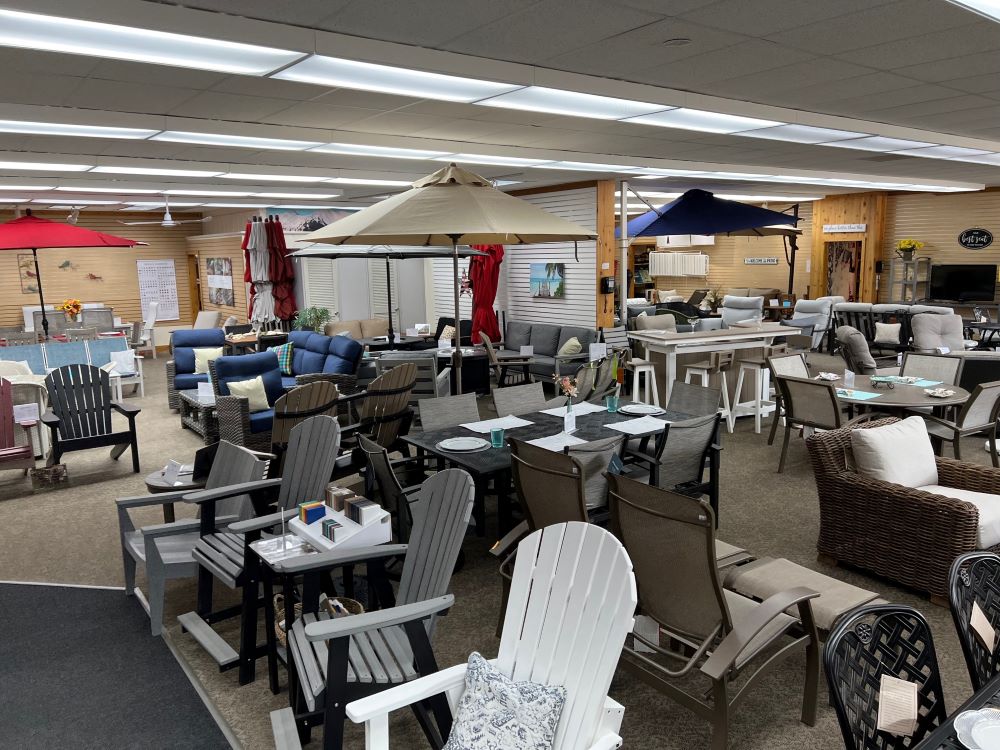
“It really goes back to the time we have in Chicagoland, because I am reminding them that it is not just for this year, but it is a purchase for multiple years,” says Olson. “It’s not for a one-year shot.”
To get them in the door to begin with, Olson considers who his customers are. The base trends toward those who are older and more affluent, who thus still respond well to direct mail and some newspaper and magazine advertising. Younger consumers who can afford the high-end patio furniture are targeted with some social media advertising.
“We do a little bit of everything to get the right mix,” says Olson.
Full-line furniture retailers have not hurt the business as much as online has, but Olson remains philosophical about it.
“We try to match price with them, and we offer them the service,” says Olson. “People are tired of dealing with problems. The big thing is that if you are spending money on a piece of furniture, you want to make sure it sits nice and it feels good. It makes you work harder to help people who are coming to you.”
With big-box stores, customers find out soon enough that both price and quality are low.
“They will end up coming back and purchasing a better set for themselves the second time around,” says Olson.
Any advice for a struggling casual retailer?
“Stay with the service and the personal touch,” says Olson. “Ask people who buy from you to recommend you to a couple of their friends. Nothing works like a happy customer to recommend you to a couple of other people. A lot of people come to us because we take care of their problems, we work with them and we are friendly. If someone is happy with you, they are more likely to tell a friend to come and see you, too.”

